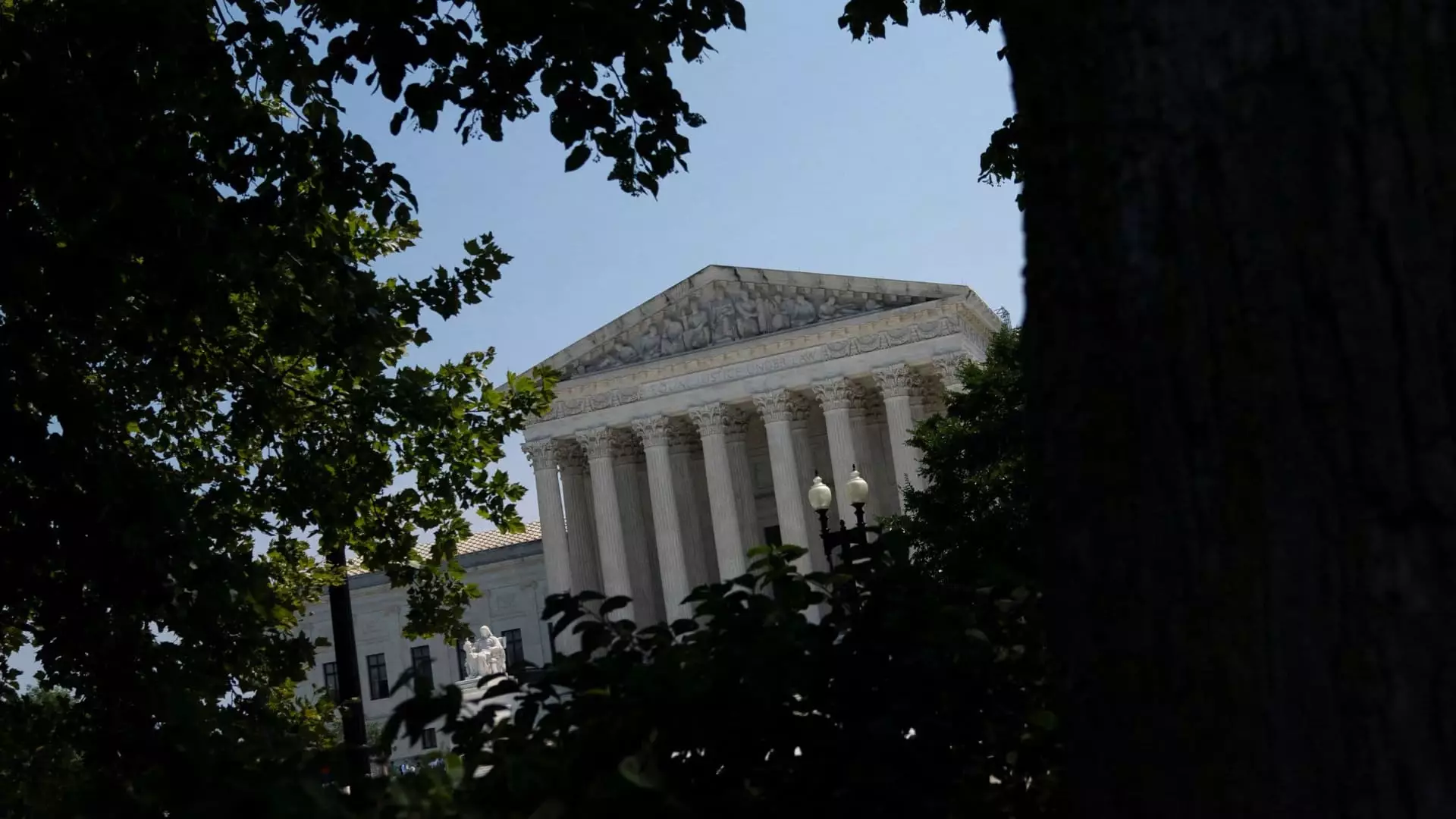In a significant development for corporate governance and law enforcement, the Supreme Court recently issued a ruling that enables the enforcement of the Corporate Transparency Act (CTA). This federal statute, enacted in 2021, mandates that corporations and limited liability companies (LLCs) disclose the identities of their true beneficial owners to the Department of the Treasury. By facilitating transparency in corporate ownership, the act aims to combat financial crimes, including money laundering and tax evasion, that have increasingly implicated the U.S. financial system.
The legal landscape surrounding the CTA began to shift when a federal judge in Texas, Amos Mazzant, issued a nationwide injunction on December 3, halting the enforcement of the law. Mazzant’s ruling was rooted in the belief that Congress had exceeded its constitutional authority, particularly regarding the regulation of commerce as outlined in the Constitution. This injunction was not merely a procedural matter; it represented a significant contention by small business groups, notably the National Federation of Independent Business (NFIB), which argued that the CTA imposed undue burdens and overreached government control.
Responding to the growing concern over the impact of the injunction on the financial integrity of U.S. businesses, the Biden administration appealed to the Supreme Court. The justices acted promptly to stay the lower court’s injunction, recognizing that the CTA plays a crucial role in helping government agencies combat illicit financial activities. Solicitor General Elizabeth Prelogar emphasized in her brief to the Court that the benefits of the law, particularly in preventing crimes like money laundering and terrorism financing, far exceed the supposed challenges posed to small businesses. The Court’s decision underscores a broader recognition of the necessity for accountability and transparency in corporate practices.
Under the CTA, a “beneficial owner” is defined as an individual who has a direct or indirect stake in a corporate entity. This legal definition resonates deeply in contexts where corporate structures are abused to conceal the true owners of capital, making it critical for regulatory bodies to have access to verifiable ownership information. By enforcing the law, FinCEN (Financial Crimes Enforcement Network) will collect vital data that can enhance the detection of financial crimes and improve the overall integrity of the national financial system.
The Supreme Court’s ruling has far-reaching implications, not just for compliance among corporations but also for the fight against financial crime. The U.S. has been identified as a prime location for money laundering, often due to the ease with which entities can be formed without sufficient disclosure. By shedding light on beneficial ownership, the CTA enhances the ability of law enforcement agencies to trace illicit financial flows and dismantle the systems that facilitate them.
Moreover, supporters of the act believe it serves to level the playing field for ethical businesses. It represents a commitment to eradicating practices that allow dishonest actors to exploit the system while ensuring that legitimate businesses operate under fair conditions and regulations.
As the debate surrounding the Corporate Transparency Act continues, this recent Supreme Court ruling is a pivotal moment in the evolution of corporate law and financial regulation in the United States. While concerns regarding government overreach remain valid, the pressing urgency to combat money laundering and associated crimes necessitates a measure of regulatory vigilance. Ultimately, the act’s enforcement promotes a more transparent corporate landscape, fostering greater trust in the U.S. financial system. As we navigate this complex intersection of law, corporate ethics, and public safety, it becomes increasingly clear that transparency is not merely a regulatory burden but an essential pillar for economic integrity.


Leave a Reply